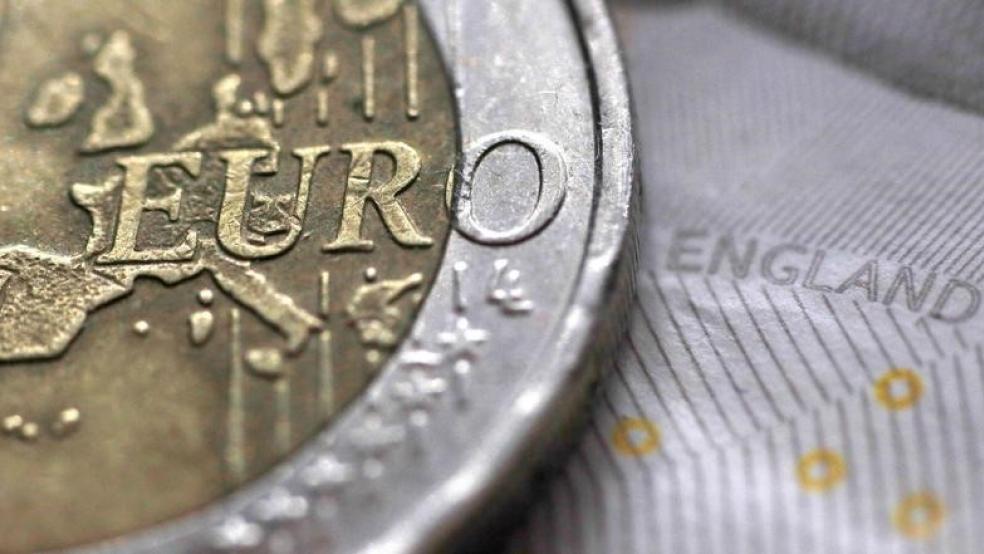A weaker dollar makes overseas sales more valuable when converted back into U.S. currency. On the flip side, it can also make imports more expensive and hurt American consumers who would pay more dollars to buy foreign goods and services.
"Some of the strength in the S&P 500 <.spx> over the past couple of weeks is from the weaker dollar. It's a tailwind to earnings, and that's what we've been seeing play out here," said Bucky Hellwig, senior vice president at BB&T Wealth Management in Birmingham, Alabama.
Analysts estimate that between 40 percent to 50 percent of S&P 500 sales are from abroad.
On Friday, the dollar index <.dxy>, which measures the greenback against a basket of six major currencies, was on track for its worst weekly decline since June. [FRX/]
Comments from U.S. Treasury Secretary Steven Mnuchin earlier this week that a weaker dollar would help U.S. trade balances in the short term added to recent weakness.
Technology and other sectors with big overseas sales are likely to see the biggest benefit while more domestically-focused sectors like utilities would be less affected.
The following is a look at the weaker dollar's impact by S&P 500 sector:
TECHNOLOGY
Technology has among the highest percentages of overseas revenue, and it includes many multinational brand names that tend to generate heavy demand overseas.
Roughly 60 percent of S&P 500 tech revenue comes from overseas, according to Thomson Reuters data.
International Business Machines
cited the dollar's positive effect in its recent earnings call.INDUSTRIALSLike technology, industrial companies make products that are used worldwide, so they would be another benefactor of the dollar's weakness. The group, which includes companies like Caterpillar , is also getting a boost from the improving global growth picture, that has stoked equity market sentiment."The thesis of global demand coupled with the weaker dollar certainly makes the U.S. industrial names attractive," said Quincy Krosby, chief market strategist at Prudential Financial in Newark, New Jersey.ENERGY & MATERIALS Sectors tied to commodities valued in U.S. dollars also benefit from dollar weakness because commodity prices rise as the dollar weakens.Larger U.S. energy firms including Exxon Mobil are among the companies with the biggest overseas sales.FINANCIALSA weaker dollar is usually good for financials because it tends to help bank profits if yields go up. Bank stocks have been soaring recently, and the correlation between S&P 500's bank subsector <.spxbk> and the dollar index indicates the most divergent performance since late 2012.The bank sector has risen 8 percent so far this year after posting a 20 percent gain in 2017, with some help from expectations for lower regulation and lower tax bills.CONSUMER DISCRETIONARYWithin the discretionary sector, some retail companies could suffer because of a declining dollar as their import costs rise."In general, it becomes more of a headwind than a tailwind. They're buying products overseas, so their cost in dollar terms has risen overseas," BB&T's Hellwig said.That creates margin pressure and could push retailers to raise prices.As a group, discretionary companies have a much lower percentage of sales coming from overseas than technology or energy.TELECOM, UTILITIES, REAL ESTATEThese rate-sensitive groups are less likely to be affected by a decline in the dollar as they have a more domestic focus.With utilities, "unless you're on the border or near Mexico, you're all domestic. So those are more insulated," said Howard Silverblatt, senior index analyst at S&P Dow Jones Indices. STAPLES & HEALTHCAREThese sectors overall tend to see less of benefit from a weaker dollar, since inflation tends to hurt them more than help.Still, within healthcare, big U.S. pharmaceutical companies and medical device makers have substantial sales coming from abroad, analysts say. (Reporting by Caroline Valetkevitch and Sinead Carew; editing by G Crosse)



